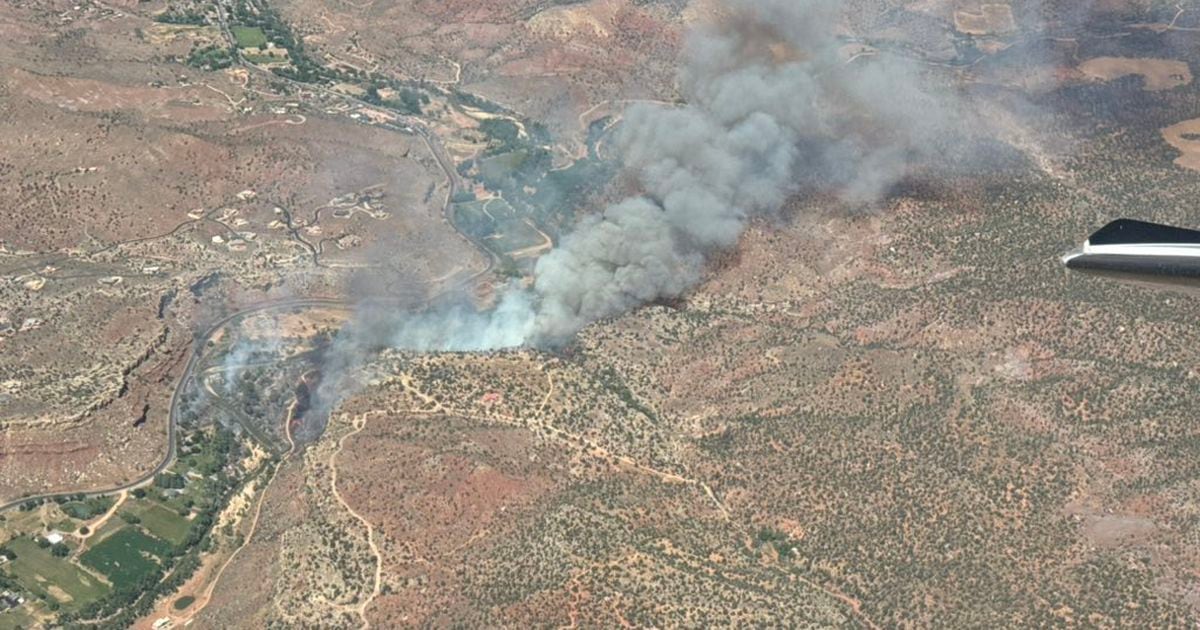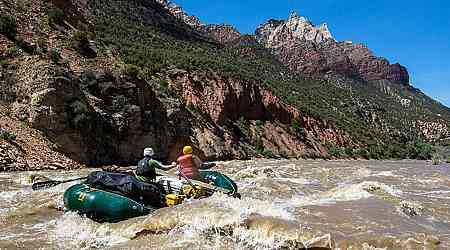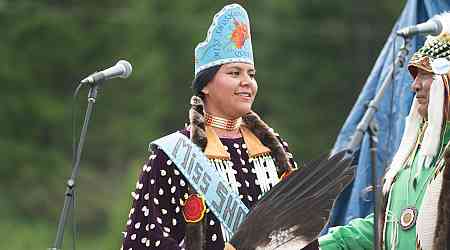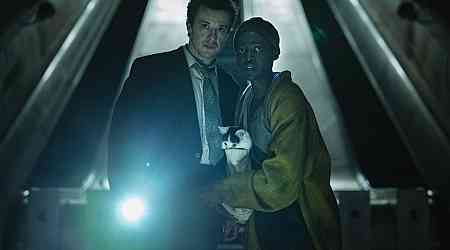St. George • Fire managers can’t beat southern Utah’s heat and dry conditions but they are getting an early start on dampening what could potentially be a devastating wildfire season.
Concerned about hot and dry weather, combined with abundant grass and other potential fuel, federal and state fire officials have implemented fire restrictions on nearly all federal, state and unincorporated private land in Washington, Iron, Beaver, Kane and Garfield counties.
Only land in Beaver and Garfield counties managed by the Fishlake National Forest is excluded. The stage one fire restrictions further extend to all Arizona land north of the Grand Canyon, National Park Service land in the Grand Canyon-Parashant National Monument and all public land managed by the federal Bureau of Land Management in the Arizona Strip.
Dave Harmon, fire management officer with the Southwest Utah Division of Forestry Fire and State Lands, says the elevated fire risks are present across much of the region and the hot and dry weather conditions are expected to continue into July.
“On windy days, wildfires have the potential to become larger because there’s more available fuel and spread faster through dry grasses,” Harmon stated in a news release.
Specifically, the stage one fire restrictions ban fires outside of maintained campgrounds in southwest Utah and fireworks on all federal and public lands and on unincorporated private property. It also prohibits smoking and the use of acetylene torches or cutting tools near dry vegetation and target shooting involving exploding targets and tracer ammunition.
Even stricter stage two fire restrictions are in place at Zion National Park’s Watchman Campground, where no open fires of any kind are allowed. Campfires are permitted at Glen Canyon National Recreation Area in campgrounds within established fire rings that are located in areas devoid of vegetation and below the high-water mark, according to federal and state officials.
Kayli Guild, prevention and fire communications coordinator with the Utah Department of Natural Resources, said this year’s fire restrictions were put in place June 21 — nearly two weeks earlier than July 3 last year — due to hot above-average temperatures. Further exacerbating matters, the last several months have been drier than normal in Cedar City and St. George areas.
Cedar City, for example, has received 4.6 inches of precipitation since the beginning of the calendar year in January, compared with 6.9 inches at this time a year ago and the normal rate of 5.38 inches, according to the National Weather Service.
“June typically is one of the drier months,” said David Church, science and operations officer for the National Weather Service’s Salt Lake City office. “We are coming out of winter and spring, transitioning to summer and waiting for the monsoon season to kick in. So it’s typical to be on the drier side this time of year.”
Wildfire was not much of an issue in southern Utah a year ago, which was basking in near-record precipitation during the proceeding winter and spring.
“Last year was an anomaly,” Guild said. “The heavy amounts of snow we saw and the monsoons that came to the rescue kind of moderated the temperatures. If we did have a fire start, we got moisture on the fire fairly quickly.”
In Dixie National Forest, for example, the largest blaze firefighters had to deal with last season was about five acres.
“Last year was super quiet,” said Dixie National Forest Supervisor Kevin Wright, who would like to see a repeat this year but wants to be prepared come what may.
Wright, who oversees the forest’s two million acres, is especially concerned about a recent trend of people setting logs alight outside of established fire pits. He said the logs burn hot, are hard to extinguish and pose a significant fire hazard.
“We want the public to enjoy the forest but we also want to ensure they are informed on the current fire restrictions so they can be safe,” he said, adding campers need to have a shovel and enough water on hand to put out their fires before leaving.
In addition to the Utah Department of Natural Resources and the U.S. Forest Service, the fire restrictions have also been implemented by the federal BLM, Bureau of Indian Affairs and National Park Service. For more information about wildfire and prevention, visit www.utahfireinfo.gov or on Twitter @UtahWildfire.
function onSignUp() { const token = grecaptcha.getResponse(); if (!token) { alert("Please verify the reCAPTCHA!"); } else { axios .post( "https://8c0ug47jei.execute-api.us-east-1.amazonaws.com/dev/newsletter/checkCaptcha", { token, env: "PROD", } ) .then(({ data: { message } }) => { console.log(message); if (message === "Human



























